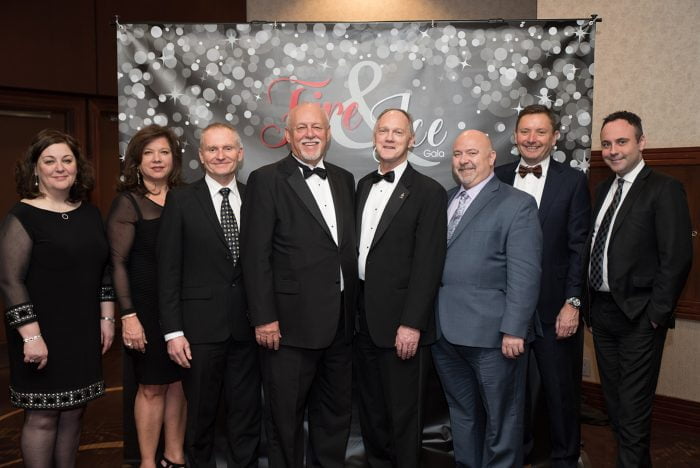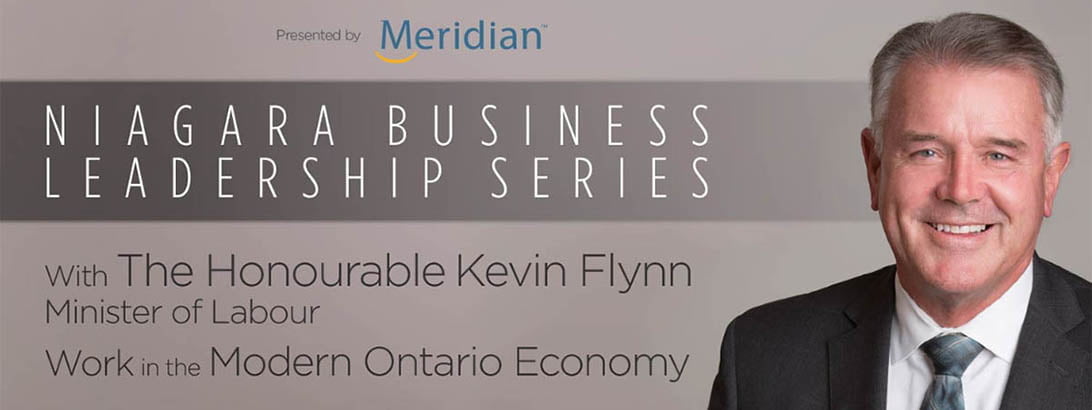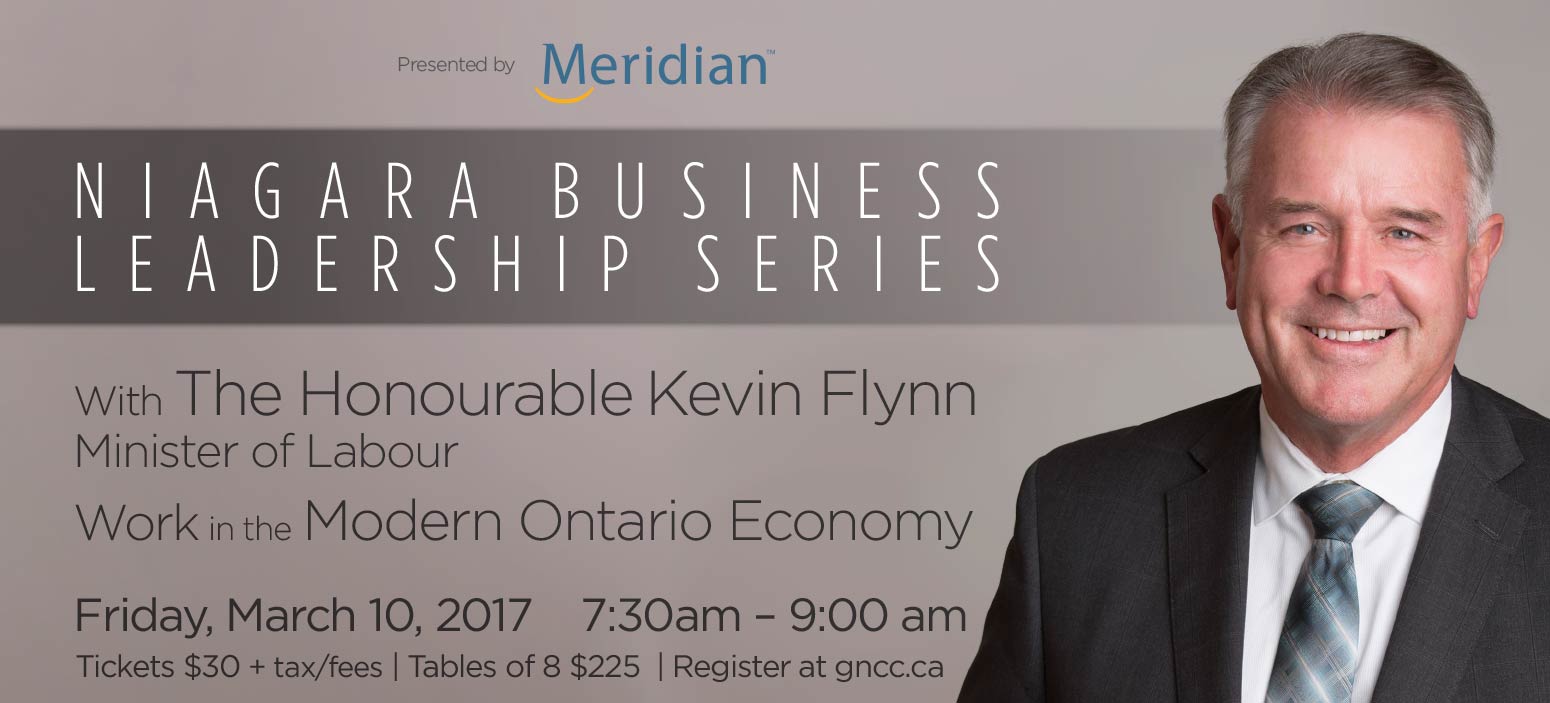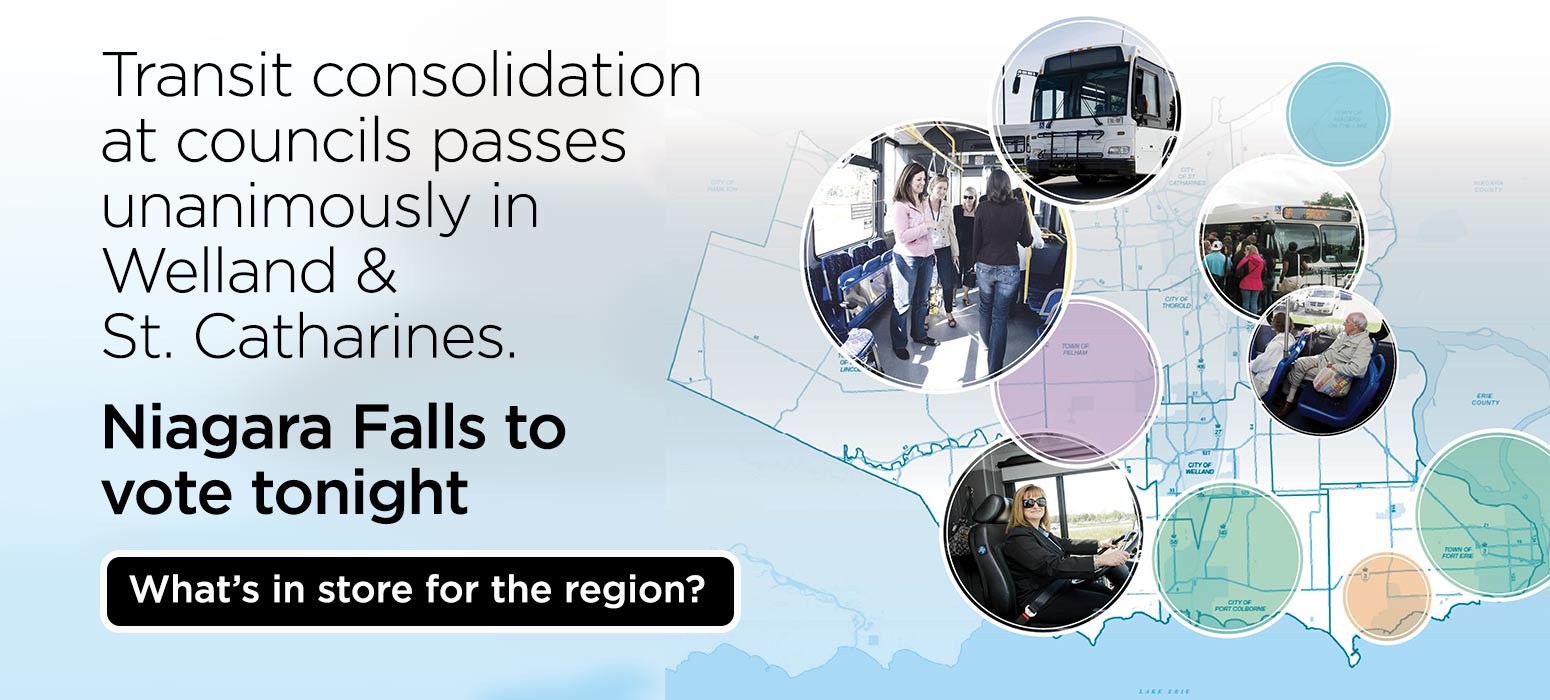
Featuring member news, upcoming events and more, Chamber this Week is your source for information on the GNCC.
Chamber This Week – March 10, 2017
|
March 10, 2017 |
Submissions? email brad@gncc.ca |
UPCOMING
EVENTS

Business Breakfast Before 9
March 15, 2017 • 7:15am—9:00am
Hilton Garden Inn
500 York Road
Niagara-on-the-Lake

Women & Investing
Healthy Wealthy and Wise
March 22, 2017 • 12:00pm—1:30pm
RBC Lower Level Board Room
63 Church Street
St. Catharines
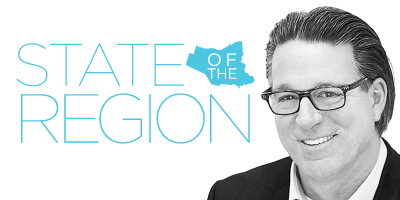
State of the Region
March 24, 2017 • 11:00am—2:00pm
John Michael’s Banquet & Conference Centre
1368 Uppers Lane
Thorold

Procurement Information Session
March 30, 2017 • 7:30am—9:00am
Best Western St. Catharines Hotel & Conference Centre
2 North Service Road
St. Catharines

Business After 5
The Club at White Oaks
April 4, 2017 • 5:00pm—7:00pm
253 Taylor Road, Niagara-on-the-Lake
NEW MEMBERS:
February 2017
Please join us in welcoming the new members who joined in February 2017.
![]()

Emerging Social Media Opportunities
As a young professional that used available online social tools and platforms to land in the working field, I would recommend using social media to connect you into the workforce.
Realizing I had a passion early in college, I have volunteered doing social media for organizations for nearly a decade.

St. Catharines Moves Inter-Municipal Transit Forward
St. Catharines city council voted unanimously to move forward with inter-municipal transit on February 22, following Welland council’s united move the night before.
The vote endorsed in principle the creation of a consolidated transit system — a partnership of St. Catharines, Welland, Niagara Falls and Niagara Region.

Time to Take Inventory
It may not have an exciting title — the Niagara Region Employment Inventory — but the innovative new study may prove to be a treasure trove of data for local businesses and potential investors.
“It is critical that we have the data to compare with other regions in Ontario,” said GNCC President & CEO Mishka Balsom. “The information will give us a competitive advantage when we talk to potential investors and businesses.
Members
In the News

Dreaming of starting your own business?
The Women’s Entrepreneurship Development training program could make it a reality!
Is owning a business right for you? What business should you choose? How does owning a business work in Canada? Find out in this program.

Fire & Ice Gala Huge Success
On February 25th, OneFoundation for Niagara Health System’s Annual Gala dazzled supporters of Niagara Health at the alluring Fire and Ice Gala.
Over 360 guests, from across the region, joined OneFoundation for an enchanting evening overlooking the frozen wonder and beauty of Niagara Falls, in support of Medical Imaging

Breakfast & Learn Workshop Series at Niagara College
Learn practical strategies to develop and grow product sales. This workshop series from Niagara College explores ways to grow your business using proven techniques.
Discover the challenges other manufacturers in the region face with regards to product sales, the variables in today’s economic climate, and how to set up new sales channels in new territories.

Liberals look at making skilled immigrant loans pilot project permanent
A pilot Conservative project to loan money to help skilled immigrants land jobs in their field could be revived as a permanent program under the Liberal government.
One of the biggest barriers for newly arrived doctors, dentists, engineers and high-tech professionals is coming up with the cash to pay for the required licensing fees, exams and training upgrades.

Niagara pasty master crowned World Champion
A Canadian baker triumphed in the county famous for pasties to claim a top title at the sixth annual World Pasty Championships at the Eden Project in Cornwall on March 4.
Gerry Ramier, who hails from St. Catharines, runs the Piskie Pie Company with his wife Marlee. Gerry was victorious in the hotly-contested Cornish Pasty Professional class in the annual “Oggy Oscars.”

One-two punch may floor worst infections
McMaster University researches have found a combination therapy that stops antibiotic drug resistance.
The discovery of an effective combination therapy has the potential to change medical practice for the treatment of the drug resistant infections which the World Health Organization identified as of “critical priority” for their threat to human health.

New strategic plan to position NIagara College as Canada’s leader in applied, experiential learning
Niagara College’s Board of Governors has approved a new Strategic Plan that will that point Niagara College toward a bold future as Canada’s leader in applied experiential learning.
The plan envisions a student-focused, inclusive learning community offering a breadth of programs that respond to key sectors of the Niagara region, Ontario and the broader global economy.

Female scientists grow their presence in grape and wine industry
As International Women’s Day pushes for greater gender equality across the sciences, there’s at least one facet of the STEM sector where women are beginning to outnumber men.
They may be underrepresented in some science, technology, engineering, mathematics and computer science (STEM) disciplines, but women have been steadily increasing their numbers in the fields of winemaking and grape growing.

The one-page strategic plan
The Job Gym is hosting Employer Lunch and Learns in partnership with Larry Anderson Consults.
Join Larry on March 14th for The One Page Strategic Plan. Setting the right plan for your business is critical for success, but so is executing that plan. The problem is most strategic plans sit on a shelf collecting dust.
Please visit gncc.ca for more stories. Have a submission? Send it to brad@gncc.ca
Network
News

Senate Committee: Federal government infrastracture Program Lacks Planning
The federal government has not developed a strategic plan for the billions of dollars it intends to spend on infrastructure investments, which will impede parliamentarians’ ability to provide effective oversight.
In its Fall Economic Statement 2016, the government announced plans to allocate $186 billion for infrastructure investments over the next 10 years. The Senate Committee on National Finance has been studying the design and delivery of the government’s infrastructure commitment and released a report arguing for a more coordinated and transparent approach.

What to Expect When You’re Expecting (a Federal Budget!)
Can you feel the excitement in the air? A brand new federal budget is about to be delivered into the world. A precious bundle of joy, full of hopes, expectations and the future of the Canadian economy will come screaming into the House of Commons in a couple of weeks.
So what should we expect? Three big things are keeping us on the edge of our seats. This baby will have larger deficits than last year amid economic uncertainty. She’ll be full of exciting details around previous announcements.

How to persuade on trade — putting an extra “F” in NAFTA
At a press conference on February 2, President Trump said “we want to put an extra ‘F’ in NAFTA. Do you know what that ‘F’ stands for?” It’s not what you’re thinking.
President Trump wants to add the word “fair” to NAFTA. Though apparently Canada only requires a “tweak” because the situation is “much less severe”. Why is the new administration so focused on fairness?
![]()
Renewing MEMBERS:
February 2017
The following members renewed their membership in January for another year. Thank you for supporting the Chamber — and supporting business in Niagara.
![]()
MEMBER
PROGRAMS
If you’re thinking of adding group benefits to your company, there are a lot of good reasons to put your Chamber membership to work for you. Not the least is exclusivity: only members have access to the Chambers of Commerce Group Insurance Plan®.
To contact your local insurance rep, call Jim Garrett or Cindy Haines at 905-468-8575
Try the purest, freshest water available — one month absolutely FREE. Experience the taste of clean water AND discover why so many homes, schools, and businesses love H2Only… it’s the service. No contracts, no set schedules. You call, we deliver the following business day. That simple since 1995.
Contact: 905-934-0966
sales@h2only.ca
www.h2only.ca
MEMBER 2 MEMBER SAVINGS PROGRAM
Many other Chamber of Commerce members feature discounts and special offers — tailored specifically for other GNCC members. Check out the full Member 2 Member database. If you’d like to add an offer for your company, sign in to your account. You can add and update your offer any time you wish.
![]()
CHAMBER
THIS WEEK
© 2017 www.gncc.ca. All rights reserved.
If you believe you have received this message in error, click here to unsubscribe.
Please put “UNSUBSCRIBE” in the subject line.
Greater Niagara Chamber of Commerce
One St. Paul St., Suite 103
St. Catharines, ON L2R 7L2 Canada
Telephone: 905-684-2361 | Fax: 905-684-2100
Email: info@gncc.ca | Website: www.gncc.ca
Hours: Monday to Friday — 8:30am to 4:30pm































